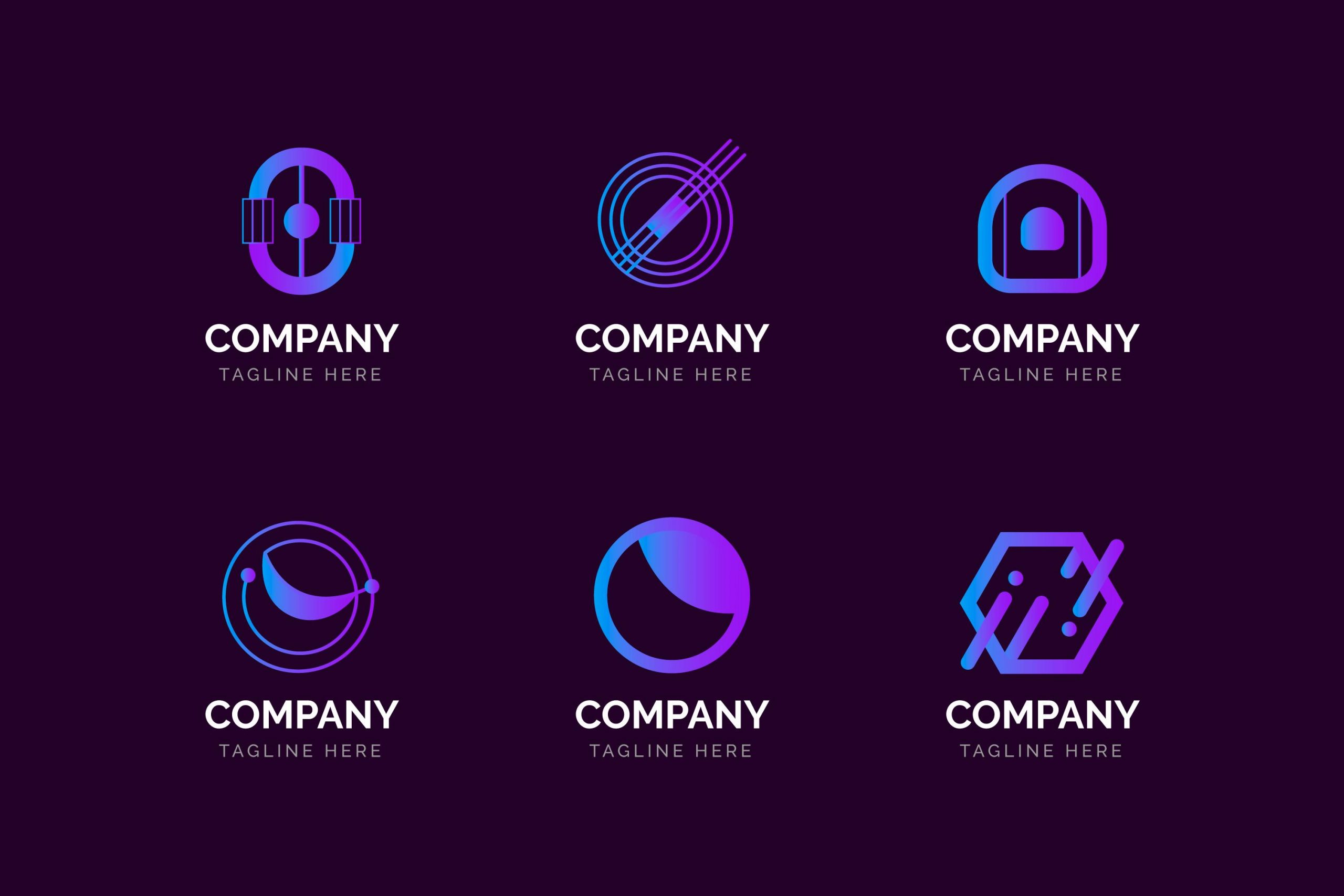
Creating a strong brand identity is essential, and at the centre of every great brand is a distinctive logo. Logos do more than identify a brand; they embody its values, personality, and the essence of what it stands for. However, not all logos are alike—each style evokes different emotions and impressions, shaping how a brand is perceived. In this article, we’ll explore different logo styles and how to choose the right one to help your brand make a lasting impact.
Why Does Logo Style Matter?
A logo is more than a decorative element; it’s a brand’s visual ambassador, instantly conveying its identity. The right logo style leaves a lasting impression, creating a visual cue that consumers can easily recognize and recall. Choosing the right style helps communicate your brand’s values, positioning, and industry expertise, setting the tone for consumers’ experience with your brand.
The Role of a Logo in Brand Identity
Your logo is the cornerstone of your brand’s identity—a visual representation of its mission and values. A well-designed logo fosters a connection with consumers, helping to build brand loyalty. It distils the essence of your brand into a single, memorable image that communicates your message at a glance.
How Logo Styles Affect Consumer Perception
Each logo style has a unique impact on consumer perception. For example, a minimalist logo may evoke modernity and sophistication, while a playful one can suggest a casual, youthful vibe. The right logo style should align with your brand’s personality and resonate with your target audience to reinforce a cohesive brand image.
A Guide to Different Logo Styles
Let’s look at some popular logo styles and their unique characteristics, along with what each style communicates.
- Wordmark Logos
- Wordmark logos, or logotypes, are text-based and often feature custom typography to make a brand’s name stand out. This style is ideal for brands with unique, memorable names, and is especially popular among tech companies and startups. A wordmark logo conveys simplicity and can be an excellent way to spotlight the brand name.
- Pictorial Mark Logos
- Also called logo symbols or brand marks, pictorial logos use an iconic image to represent a brand. These logos are versatile, instantly recognisable, and work well for brands aiming for a strong visual identity that stands on its own. Think of brands like Apple or Twitter—brands with logos that convey their message without words.
- Abstract Mark Logos
- Abstract logos are graphic-based but non-representational, using shapes, forms, and colours to convey a brand’s identity. They are ideal for brands looking to communicate creativity and innovation without a literal image. This approach can create a sense of uniqueness and intrigue.
- Mascot Logos
- Mascot logos feature a character that represents the brand, making it approachable and relatable. These logos are often used by brands targeting younger audiences, such as sports teams and educational institutions. A mascot logo gives a brand a friendly face, helping establish a personal connection.
- Combination Mark Logos
- A combination mark combines text and symbols, offering flexibility. The text and image elements can be used together or separately, making it a versatile choice for brands across industries. A combination mark helps create a distinct identity and gives flexibility in brand representation.
- Emblem Logos
- Emblem logos merge text and symbols within a single design, often resembling badges or crests. This classic style evokes tradition, expertise, and heritage, making it popular among luxury brands, educational institutions, and automotive companies.
Choosing the Right Logo Style for Your Brand
Selecting the right logo style requires considering your brand’s values, target audience, and industry. Here’s a quick guide:
- Align with Your Brand’s Personality: Choose a style that reflects your brand’s unique identity. A modern brand might lean towards minimalism, while a brand rooted in tradition may prefer an emblem style.
- Consider Industry Standards: Certain styles are more prevalent in specific industries. Research your industry to find a style that stands out while fitting within the industry aesthetic.
- Support Your Brand’s Messaging: Your logo should complement and reinforce your brand’s key messages. Make sure it aligns with your brand’s tone and overall strategy.
The Evolution of Logo Styles Over Time
Just as fashion trends shift, so do logo styles. Here are some notable trends:
- Influence of Design Trends: Minimalism, flat design, and bold typography have become popular in recent years. Many brands now favour clean, simple logos that work well across digital platforms.
- Shift from Complex to Minimalist: Logos have evolved from intricate designs to simpler, more scalable formats. Minimalist logos are now preferred for their versatility across platforms and ease of recognition.
Need Expert Help with Logo Design?
For one-time logo creation, hiring a freelancer can be a good option. But if you need ongoing design support, a graphic design subscription service is a great choice.
With a Designkroo subscription, you get daily access to UK-based designers for all your branding needs. Our plans cover logo design and a wide range of other tasks, from social media content to landing pages, with unlimited requests and revisions. We offer flexible, monthly renewable plans, so you can scale up as your brand grows.





